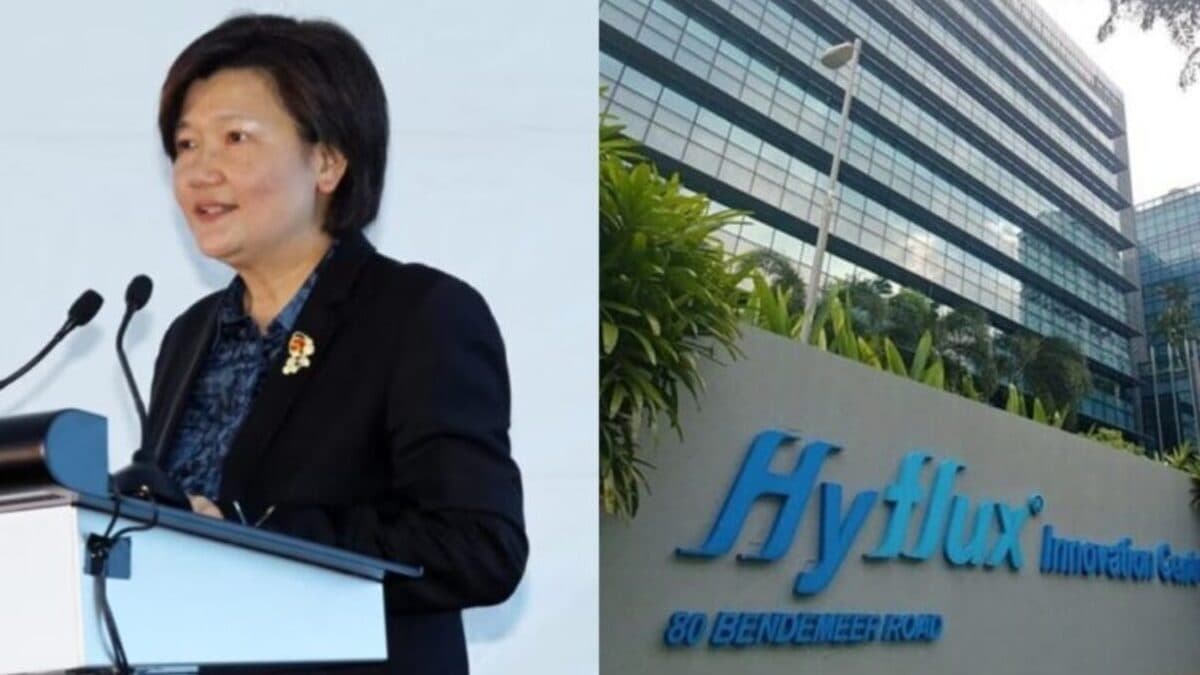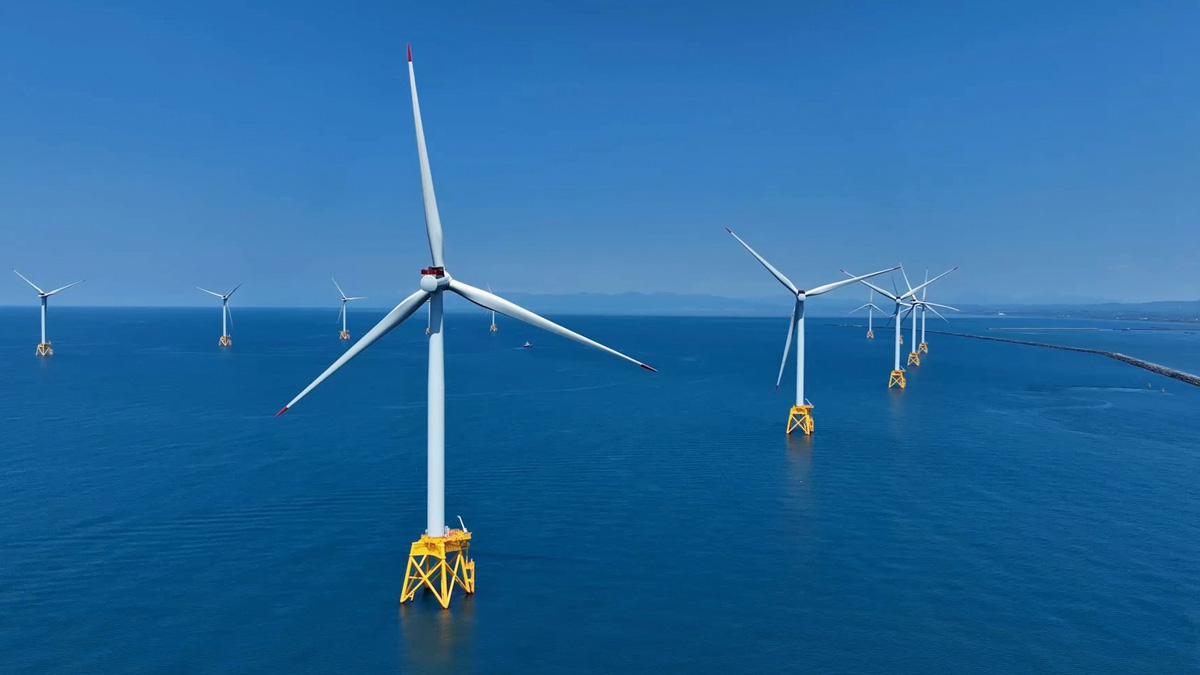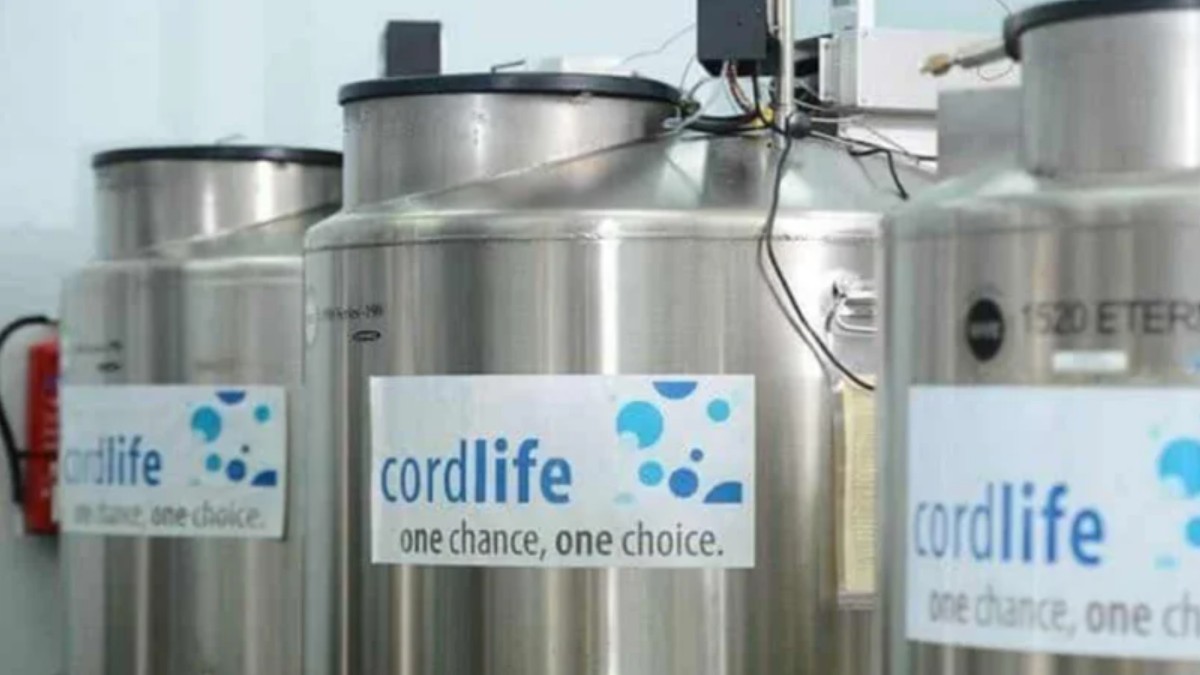Six former Hyflux leaders on trial for alleged disclosure failures over Tuaspring project
Six former Hyflux executives, including founder Olivia Lum, have gone on trial in Singapore for allegedly withholding key information about the company’s Tuaspring desalination and power project. Prosecutors claim omissions misled investors about the project’s dependence on electricity sales, contributing to Hyflux’s collapse.

- Six former Hyflux executives, including founder Olivia Lum, are facing charges for alleged disclosure failures related to the Tuaspring project.
- Prosecutors allege Hyflux failed to inform investors that Tuaspring relied heavily on electricity sales, not water production.
- Hyflux’s collapse led to losses for around 34,000 investors, with the trial expected to run until early 2026
Four years after the High Court ordered Hyflux to wind up, six of its former leaders have gone on trial for alleged omissions in disclosures to investors and the Singapore Exchange (SGX) about the company’s ill-fated Tuaspring project.
The case, which opened on 11 August 2025, centres on whether Hyflux misled investors about the financial structure of its largest desalination project — a facility in Tuas that combined water production with power generation. Prosecutors allege that crucial information about the project’s reliance on electricity sales, rather than water revenues, was not fully disclosed.
According to court documents, the omission played a significant role in Hyflux’s eventual collapse, resulting in major financial losses for both retail and institutional investors.
The defendants are company founder and former chief executive Olivia Lum Ooi Lin, 64; former chief financial officer Cho Wee Peng, 56; and four former independent directors — Gay Chee Cheong, 68; Teo Kiang Kok, 69; Murugasu Christopher, 66; and Lee Joo Hai, 69.
A seventh accused, former independent director Rajsekar Kuppuswami Mitta, pleaded guilty earlier and was fined S$90,000.
Lum faces two active charges under the Securities and Futures Act (SFA) — one for offering S$200 million worth of securities to the public without disclosing material details about Tuaspring’s electricity sales, and another for consenting to the company’s failure to inform SGX of the same information. Four additional charges have been stood down for now.
Cho is charged with conniving in the company’s omission to notify SGX about the power plant’s commercial operations, while the four former independent directors each face two charges — one for alleged non-disclosure in Hyflux’s April 2011 offer information statement and another for failing to ensure the company fulfilled its SGX reporting obligations.
Prosecutors told the court that Hyflux, once a flagship of Singapore’s water industry, owed about S$900 million to roughly 34,000 investors at the time of its collapse. The Tuaspring project, awarded in 2011 after a tender by the Public Utilities Board (PUB), was designed to produce desalinated water while also operating an on-site power plant.
Although Hyflux had presented the power plant as supporting the desalination process, Deputy Chief Prosecutor Christopher Ong said its financial viability depended primarily on selling electricity to the national grid — a venture outside Hyflux’s core business expertise.
He argued that this dependency was not properly communicated in the company’s March 2011 announcement or its April 2011 offer information statement, both of which were used to raise funds. “Early drafts contained references to electricity sales,” Ong said, “but these were removed after input from Lum and Cho.”
He added that PUB later required the inclusion of a brief clarification — “excess power will be sold to the grid” — but that it fell short of revealing the project’s full revenue risk.
During 2010 and early 2011, Hyflux estimated the Tuaspring project’s cost at S$890 million, later revising it upward to S$1.05 billion. Six banks initially showed interest in financing the project but withdrew after learning about its reliance on electricity sales.
In January 2011, the banks issued a side letter stating they could not lend under the terms initially discussed. Only three banks eventually financed the desalination plant, withdrawing before completion. Unable to secure sufficient bank financing, Hyflux turned to public investors.
In February 2011, the company appointed DBS as lead manager for a preference share offering. The subsequent April 2011 offer information statement, filed with the Monetary Authority of Singapore, mentioned electricity sales but omitted details of the project’s dependency on power market revenues. The issue was oversubscribed, raising S$400 million against an initial target of S$200 million.
Ong alleged that Lum deliberately avoided full disclosure, fearing transparency would discourage potential investors. Winning the Tuaspring tender was viewed as vital for rebuilding Hyflux’s reputation after several overseas setbacks, particularly in the Middle East.
The Tuaspring desalination plant began operations in September 2013, while its power plant started selling electricity in February 2016. However, electricity prices plummeted from S$187 per MWh in March 2011 to S$49.10 per MWh in February 2016, severely undermining the project’s profitability.
By 2017, Hyflux reported an after-tax loss of S$115.56 million, its first annual deficit, largely attributed to Tuaspring’s performance.
The company suspended share trading on 21 May 2018 and sought court protection the following day. In May 2019, PUB took over the Tuaspring desalination facility, while the power plant was sold to YTL Powerseraya in June 2022. Hyflux entered judicial management in November 2020 and was ordered to be liquidated in July 2021.
Principal District Judge Toh Han Li is presiding over the trial, which is scheduled to span 57 hearing days between August and October 2025, and continue from November 2025 through January 2026.
The prosecution’s case includes internal emails, board minutes, investor materials, and financial models, supported by testimony from former Hyflux employees, external advisers, bankers, SGX representatives, and PUB officials.
If convicted, Lum and Cho each face up to seven years in jail and fines of up to S$250,000 for certain offences. Lum also faces up to two years in jail and fines of up to S$150,000 for the securities offering charge. The four former directors face similar penalties for each charge.
The trial marks a significant chapter in Singapore’s corporate accountability landscape, revisiting one of the nation’s most high-profile corporate collapses. Observers note that the proceedings could set new precedents for directors’ disclosure obligations in major infrastructure-linked ventures.








0 Comments